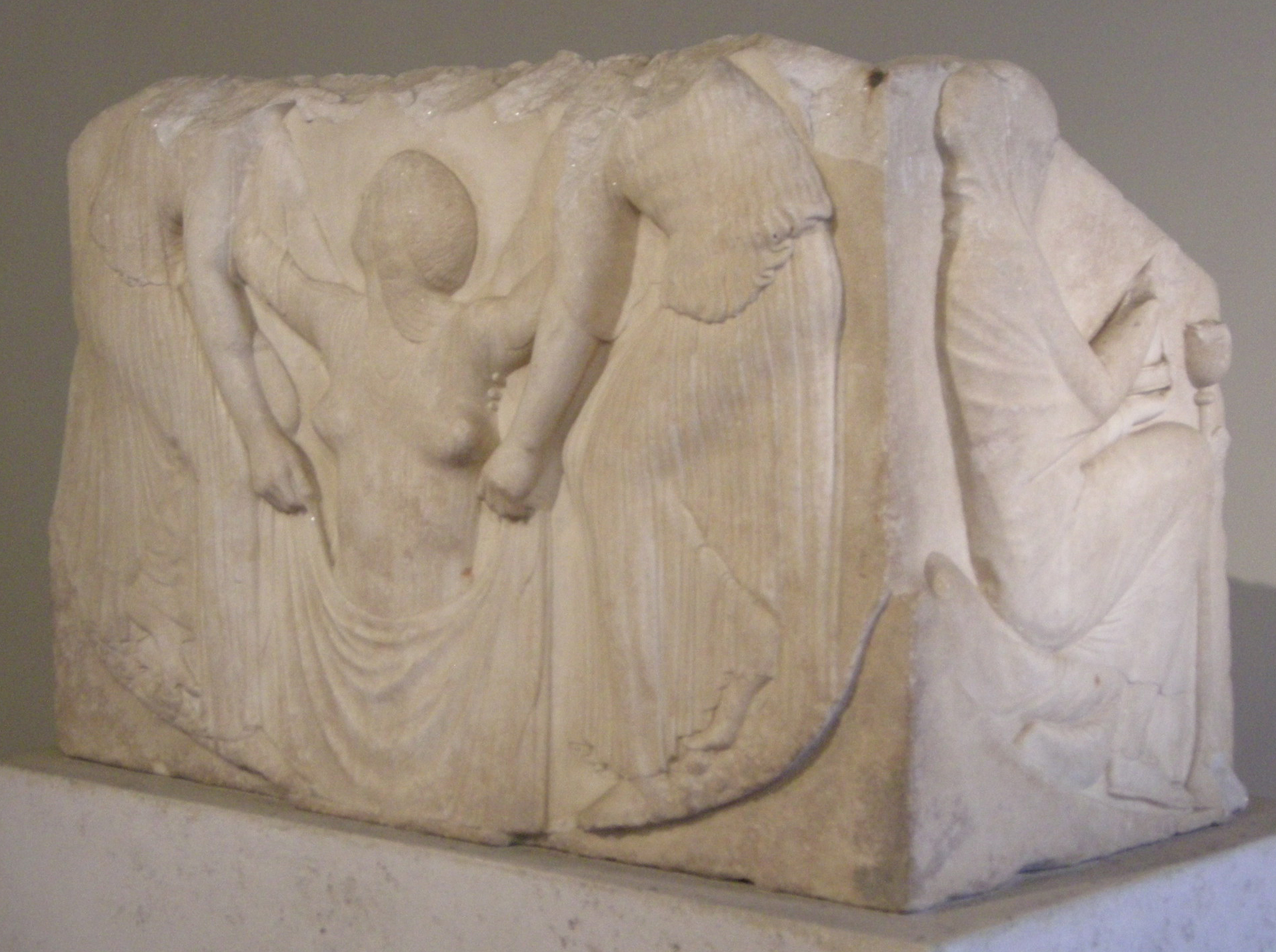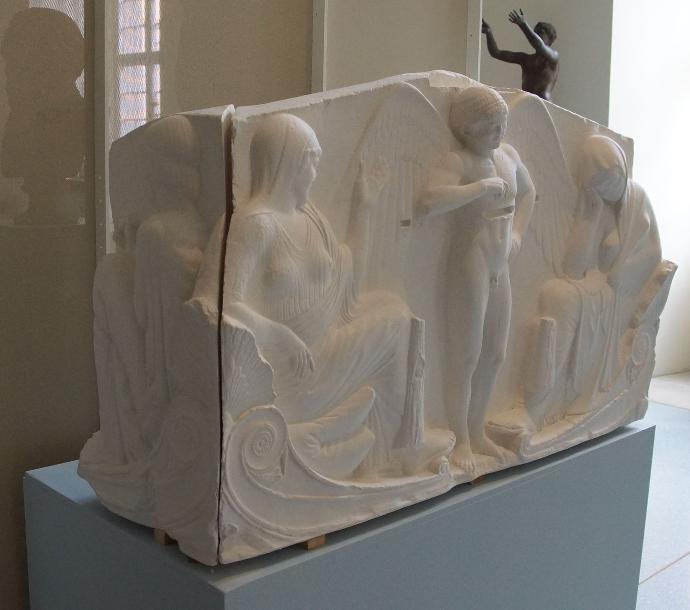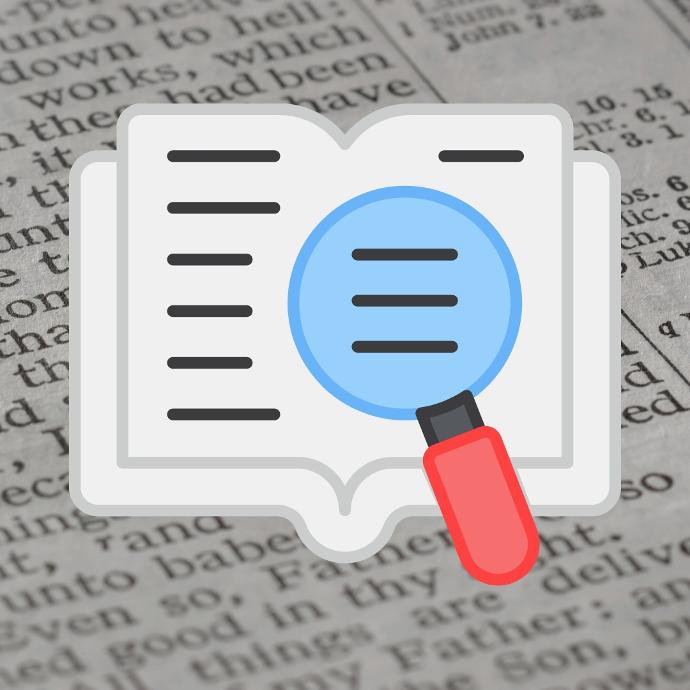Drawing Connections
While we finished chapter 4 on our last study, the throne room worship service is still going on in chapter 5. John is still there in the throne room, surrounded by lights and the immensity of God's presence. Heavenly beings and 24 elders raise their voices in praise to the Father, who is sitting on his large and magnificent throne.
Closer Look
*** A scroll at the right hand of God ***: The focus is back on the throne of God in the first verse of chapter 5. We are still in the same worship service described in chapter 4, but now the attention seems to be on a scroll next to God. Most translations, if not all, tell us that this book, or scroll, is in God’s right hand. The original in Greek says 'epi ten dēxian', which means “at the right hand”. Stefanovic’s extensive research shows that this exact expression is not found anywhere else in the Bible, and is rare in Greek literature. The idea itself of a book in God’s hand is in the Bible (Ezekiel 2:2-10). But here in Revelation 5:1, the literal translation suggests that the book was not in His hand, but at His right side. If we think about how the throne in the Near East looked like, which was like a couch, we can picture this scroll on God’s right side, as if marking the place of the One who was going to sit on that spot. Mark 16:19 says specifically what happened right after Jesus ascended to Heaven: “So then after the Lord had spoken unto them, he was received up into heaven, and sat on the right hand of God.” Revelation 3:21 tells of a promise Jesus makes to the one who overcomes, saying he will sit on the throne with Him, just as He sat with His Father. In Ephesians 1:18-23 we read about how the Father was involved in Christ’s resurrection and placing His Son “at His own right hand in the Heavenly places”.
We also see a similar picture in the Old Testament, at the coronation of a new Israelite king. The king would receive not only the crown, but also the scroll of the covenant, which was the book of Deuteronomy (2 Kings 11:12; Deuteronomy 17:18-20; 1 Samuel 10:25). The royal was proclaimed king after taking possession of the scroll of the covenant. The king was thought to be sitting on the right side of God, as we read in Psalm 80:17; just as Jesus was sitting next to the Father (Psalm 110:1). In a similar way, as we read the first verse of chapter 5 of Revelation, we expect Jesus to be sitting on the throne too, next to the Father. But actually, as we see in the text, a book is there instead.
To bring in the Sanctuary parallel, we read in Deuteronomy 31:26, that a special book was kept beside the Ark of the Covenant, and not inside it. It was the Book of the Law, which in Hebrew is the Torah, or as we say today: the first five books of the Bible. This makes perfect sense with the scene in chapter 5 of Revelation. The Arc of the Covenant would be the equivalent to the throne of God. The sealed scroll was placed beside God, on His throne, just as the Torah was placed next to the Ark of the Covenant.
*** Written inside and on the back ***: The word used for “scroll” is the word 'biblion', and that was a common word used to indicate the sheets of paper that were rolled together to form a book. The other option would be to have a codex, which is the type of book where the pages are stacked and bound on one side. Codex is what today we think of when we say the word book. But John was likely thinking of a rolled scroll. Codices were not as common in John's time, and in Revelation 6:14, John says “the heavens departed as a scroll [biblion] when it is rolled together”.
This is not the first time in the Bible where we see a book written on both sides. There is a very important document, written by God Himself, that was written in that fashion. We read about it in Exodus 32:15: “And Moses turned, and went down from the mount, and the two tables of the testimony were in his hand: the tables were written on both their sides; on the one side and on the other were they written. And the tables were the work of God, and the writing was the writing of God, engraved upon the tables.” Another example is the book that was seen in the hand of God: “And when I looked, behold, a hand was sent unto me; and, lo, a scroll of a book was in it; And he spread it before me; and it was written inside and outside: and there was written in it lamentations, and mourning, and woe.” (Ezekiel 2:9-10). We don’t know if the scroll in chapter 5 of Revelation is a document where the writings carried over to the back side, or if it was a double document, with the same text written on the inside and on the outside. In any case, based on the Old Testament view, the scroll written on both sides represents God’s covenant with His people.
*** Sealed with seven seals ***: In the ancient world, the sealing of documents was common practice, and we also see it the Bible (Jeremiah 32:10-12; Esther 3:12). Sealing a document meant that the contents were protected, authentic, valid, and carried the authority of the one who sealed it. They would tie the document with a thread, and cover the knots with a piece of clay or wax stamped with the official signet or ring. The seal functioned like the signature we use today to validate documents. Isaiah referred to a sealed book that could not be read because it was sealed (Isaiah 29:11). The special thing about the sealed book on the throne next to the Father in Revelation, is that it has seven seals. Having more than one seal was not uncommon in John’s time. According to the Roman law, wills and testaments had to be sealed with at least seven seals, of different witnesses. Other documents were also required to have at least seven seals, such as contracts and birth certificates. Only the ones who had their seals engraved on the document were allowed to open it. The seals in chapter 5 of Revelation had to be broken before the contents of the scroll could be revealed. Regardless of the Roman custom, the number 7 has tremendous significance throughout the entire Bible, and is very prominent in the book of Revelation. It indicates the fullness and perfection of God (see study #11). The spiritual context of the number 7 tells us that we must also consider another reason for this sealing: timing. In Isaiah 8:1, we read the instructions God gave to Isaiah: “[…] Take a large scroll, and write on it […]. And then, in Isaiah 8:16 we read what else God asks him to do after giving Isaiah a powerful Messianic prophecy: “Bind up the testimony, seal the law among my disciples.” Like the scroll in Daniel 12:4,9; and Revelation 10:4, the contents of the scroll in chapter 5 are perfectly sealed and concealed until the time the seals were supposed to be opened. And the time to open the seals is defined by God.
Overview
The first verse of chapter 5 is packed with a lot of information. In just a few words in the verse, we learned that John is still in the throne room, that the Father is seated on his throne, and a sealed scroll was placed on the side of the throne where Jesus is expected to be seated as well. Jesus was not present yet. John then further described the scroll. It was sealed with seven seals, and it contained quite a bit of text, since it was written on the front and on the back. This meant that this scroll was not any ordinary book. It was a very important document. In fact so important, God Himself had not opened it. It is very likely that the the Old Testament Sanctuary symbolism, as well as the ancient Jewish custom for the coronation of a new king came to John’s mind. The king would receive the crown and then take the scroll of the covenant, as he sat on the throne. And so, we are left with a question as we read this first verse: where is the new King?


